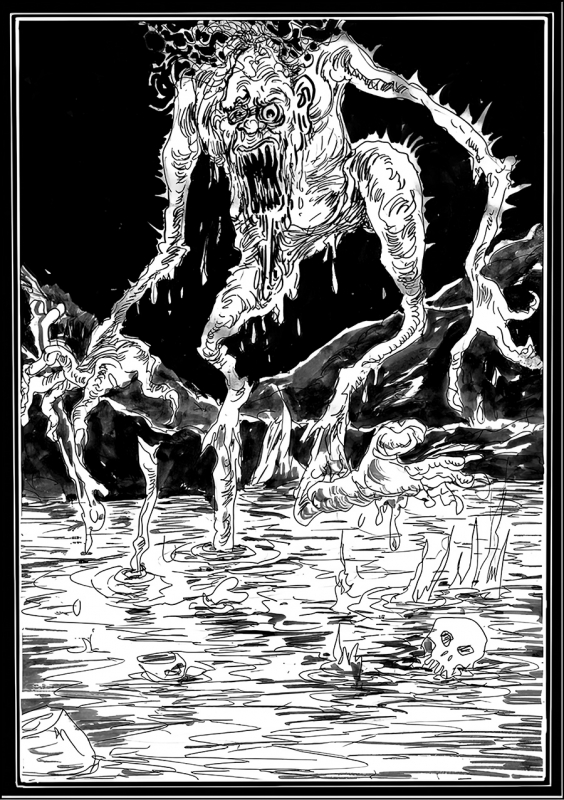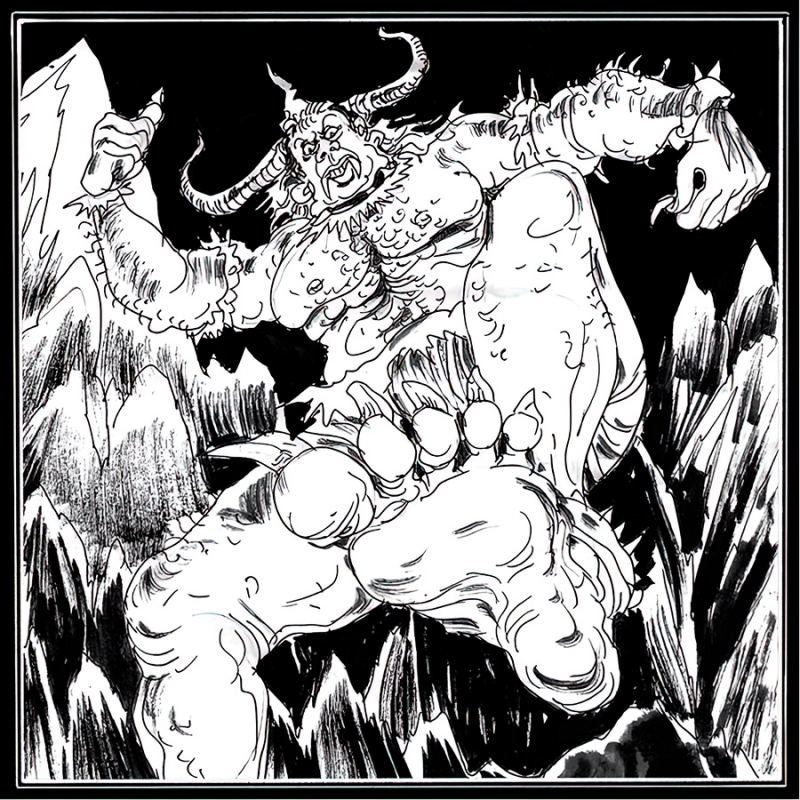Первый закон зомби-апокалипсиса: будь человеком, Странник, и к тебе потянутся!
Bestiary.us
энциклопедия вымышленных существБыстрый переход
- Средневековые бестиарии Бестиарии практически составляли особый жанр в средневековой литературе, совмещавший в себе черты естественнонаучного сочинения, теологического трактата и художественных произведений, и рассказывающий нам о представлениях средневековой Европы о животных и чудовищных племенах.
- Игра престолов Сага о мире Семи Королевств. О мире суровых земель вечного холода и радостных земель вечного лета. Мире лордов и героев, воинов и магов, чернокнижников и убийц — всех, кого свела воедино Судьба во исполнение древнего пророчества. О мире опасных приключений, великих деяний и тончайших политических интриг.
- Японская мифология и фольклор Система сакральных знаний страны восходящего солнца, включающая традиции синтоизма и буддизма, а также многочисленные народные поверья и городские легенды, содержит огромное количество ками («божество» или «дух»), ёкай («призрак» или «демон») и хэнгэёкай («звери-оборотни»).

